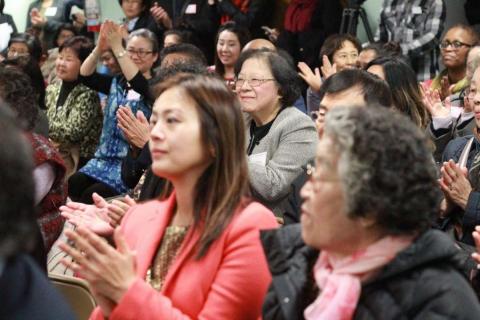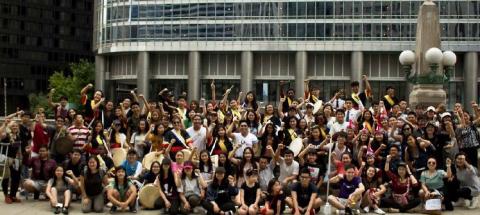Case Study
Structure Practice
Becoming One: Two Korean-American Community Organizations Forge a New Path Together
The Situation
There are a dozen small nonprofit charitable organizations in northern Illinois that directly serve the Korean American community with various services. This leads to confusion for the program participants as to which agency to turn to for which services as well as inefficiency because of duplication of services. There is significant pride and a strong sense of historical legacy among the organizations, making it hard for them to merge. So when four Korean American nonprofit organizations initially came together to discuss merging in 2014, this was quite unusual.
The Challenges
The conversation started with key stakeholders and leadership of four nonprofit organizations who envisioned developing a one strong united organization to empower the Korean American community. These organizations agreed to complete a merger feasibility analysis. Ultimately, two of them dropped out because they decided a merger was not appropriate for their organizations. The two remaining nonprofit organizations were Korean American Resource and Cultural Center (KRCC) and Korean American Community Services (KACS). Both boards and executive directors were fully committed to moving forward with a merger despite the other organizations dropping out.
KRCC’s services included immigrant rights, youth activism, community empowerment, culture and art, and social services. KRCC had seven staff and Executive Director with a FY 2015 annual budget of $482,259.
KACS provided senior housing, daycare services, immigration and citizenship services, employment services, community health services, and public benefits counseling with offices in Chicago and Prospect Heights. Their FY 2015 budget was $2,554,401, and they had 34 employees.
Merger Structure
The organizations both had a July 1 fiscal year, but they wanted to merge starting January 1, 2017. This required a two-step merger process. First, KRCC became a subsidiary of KACS. The bylaws of KRCC were rewritten and provided for KACS to be its sole corporate member. This meant that KACS would manage all aspects of KRCC including appointing its directors and making all financial and programmatic decisions. As the sole corporate member, KACS would be responsible for day-to-day operations of KRCC including appointing the executive director and overseeing all financial and programmatic areas. Later, after the transition was completed, KRCC‘s former corporate structure could be dissolved and all of the assets and liabilities fully integrated to the remaining legal entity when the time was right.
With the launch of the new organization, the board and leadership rebranded the consolidated organization with the name: The HANA Center. “HANA” means “One,” in Korean. The new mission became:
To empower Korean American, immigrant and multi-racial youth communities through social services, education, culture, and community organizing to advance human rights.
The HANA Center had the following goals:
By 1.1.20, The Hana Center will be the Midwest’s premier organization building power for Korean Americans and immigrant communities, raising $2,000,000 annually in community and private funding, with 90 days of cash on hand, and with programs and services being increased by 25%.
- Provide centralized quality administrative services which will result in Partners strengthening and expanding their programs and services by 25% by FY 2019.
- Create a fund development department serving all of The HANA Center which will generate $1MM annually in new unrestricted funding by FY2019, in addition to supporting the individual revenue for each partner.
- Communicate the value of The HANA Center to community leaders, government entities, and private funders, leading to 30% increases of in membership, volunteers, partnerships, and strategic alliances.
- An outcome measurement system in place over all programs and services, to guide efficiency, effectiveness, and ensure continuous learning that will advance the mission, by 2018.
- By FY 2019, The HANA Center will have one organizational culture where all members embrace its mission, vision, and values and are engaged and supportive of one another, and the commitment of the leaders is apparent through their actions.
- By FY 2019, we will have systems in place to gauge the responses of our clients, and we will use those responses to tailor our programs to our clients and members and improve their experiences and outcomes.
There were two executive directors—one each for KRCC and KACS. The Executive Director of KACS considered this merger as his transition plan and decided not to apply for the position of the executive director of The Hana Center, leaving Inhe Choi as the remaining executive director for consideration and the Joint Negotiating Committee recommended her for the position.
Since 2016, The HANA Center is moving forward to implement its new mission, vision, and goals, and the new brand, and to consolidate its services and organizing programs. The consolidation has had its challenges, but overall the integration has been successful. The HANA Center is forging ahead to achieve the goals set during the merger planning.




